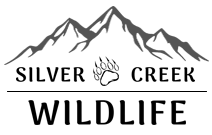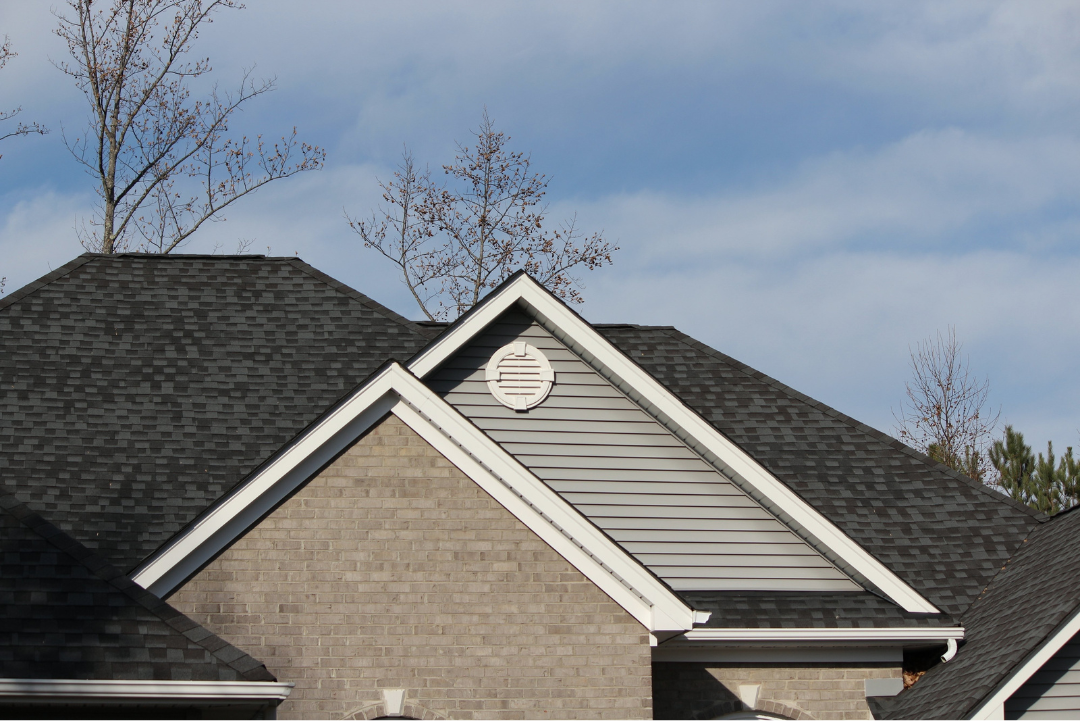
Roof vents are ideal points of entry for rodents, wildlife and birds to access your structure. Whether it is raccoons lifting the covers or squirrels chewing directly through the plastic, read on to ensure your vents are wildlife proof to safeguard against unwanted guests & promote efficient ventilation.
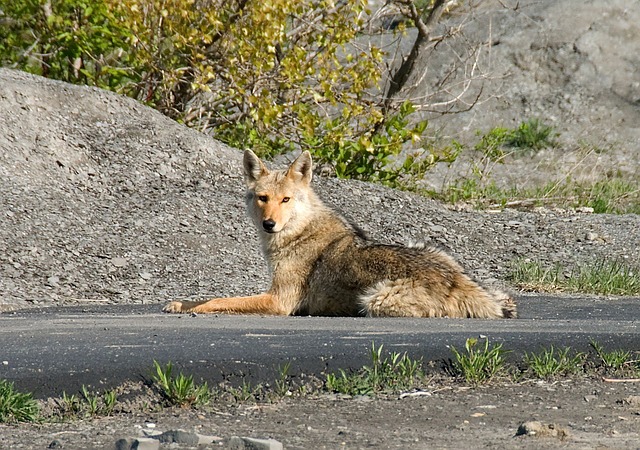
Coyotes often use the same pathways which people use as they provide easy travel corridors and access to small prey species such as rodents. Read on to learn what to do and not do for a safe and positive outcome for all involved.
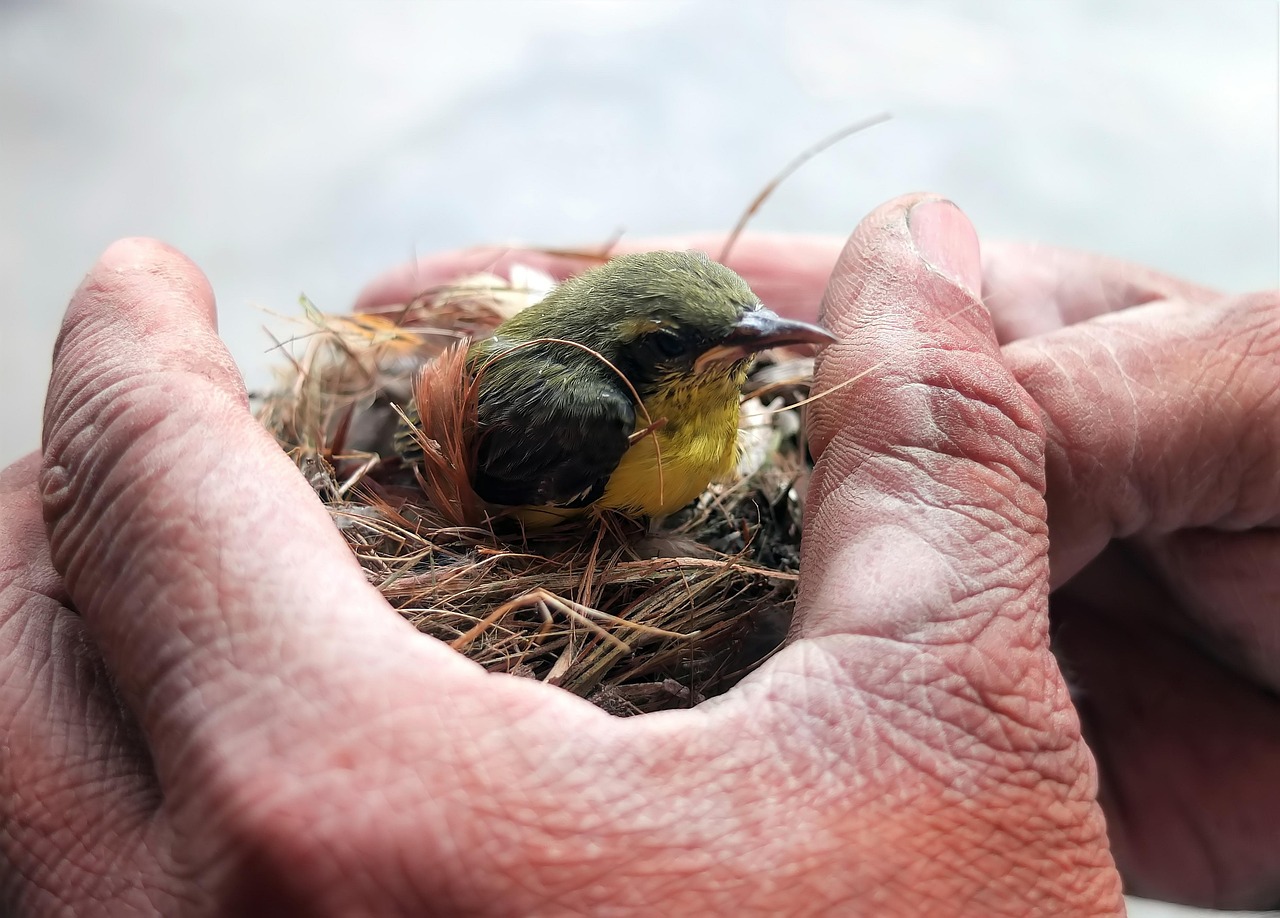
Spring has sprung and so have the birds! Finding ideal nesting spots to lay eggs and raise their young is a priority as the temperatures rise. These areas are often on your home. Read on to find out which common bird species interact with your home and where to look on your structure so you can address the vulnerabilities before they become nesting sites.
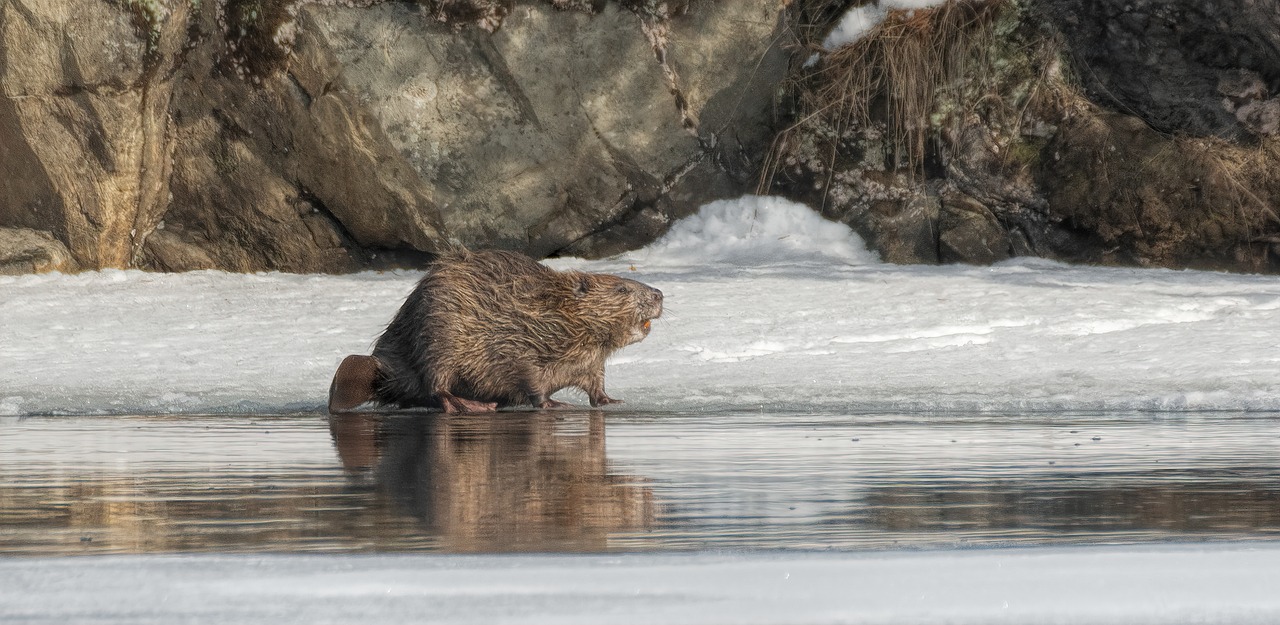
Ever wonder what beavers do in the winter? Well to start with they do a lot of chewing: leading up to it, during and afterwards. Read on to find how how they manage to navigate the cold temperatures, where they go, and what to look out for.
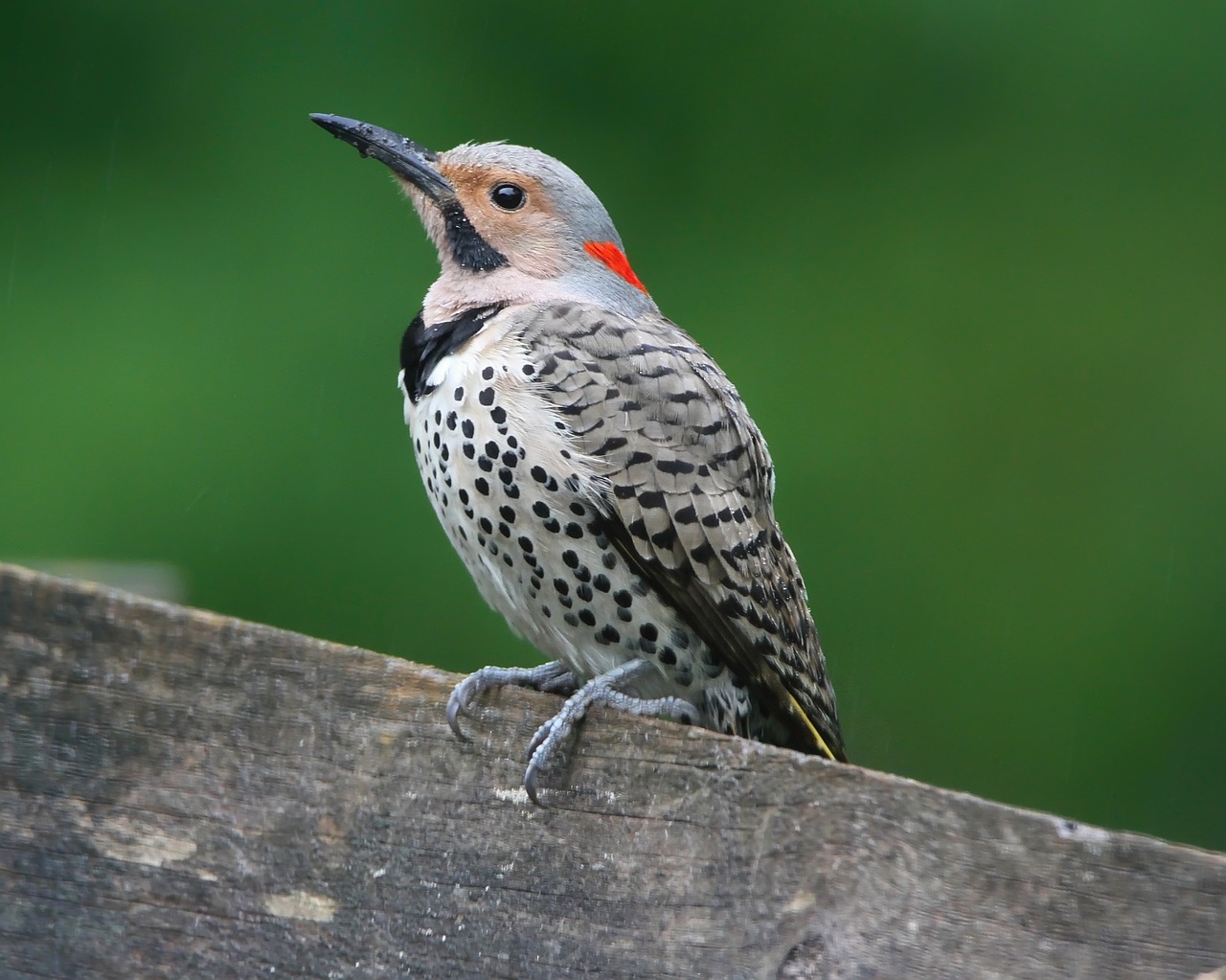
Woodpeckers are active in early spring, hammering on homes to call for a mate, defend their territory and create nesting holes in walls. As a protected species, read how you can protect your home against damage and prevent against recurring activity through custom bird exclusion.
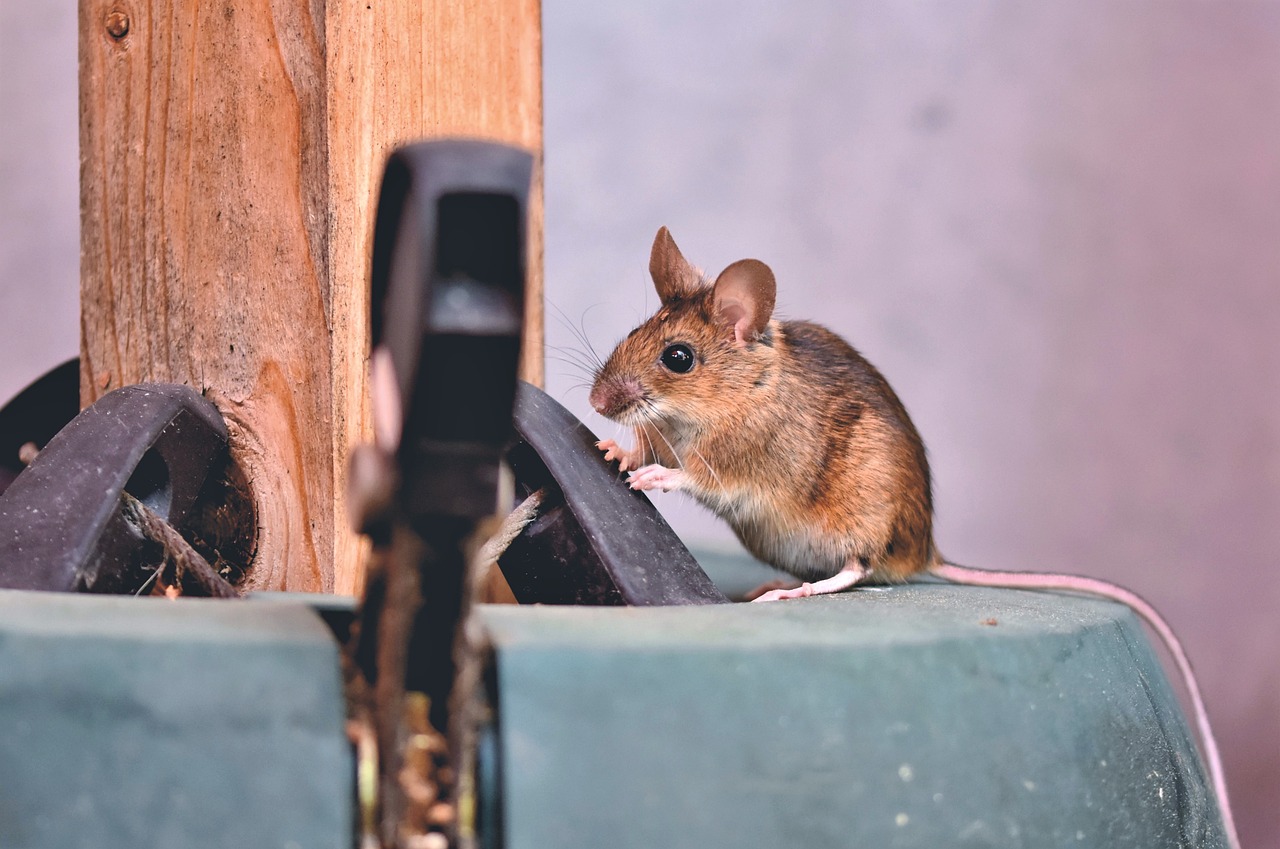
Mice come for the hole in the wall but stay for the crumbs on the floor! As the experts, we here to tell you it is always a structural issue. If there are gaps or holes, mice will find a way in and they will stay because food is available. Read how you can solve the problem, avoid useless recurring mice control contracts and finally live mice-free.
